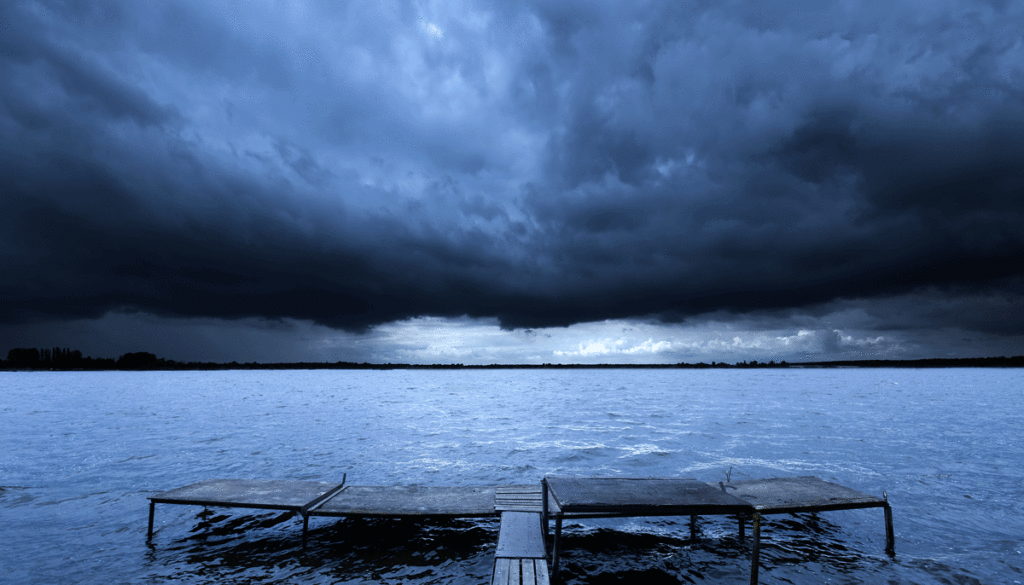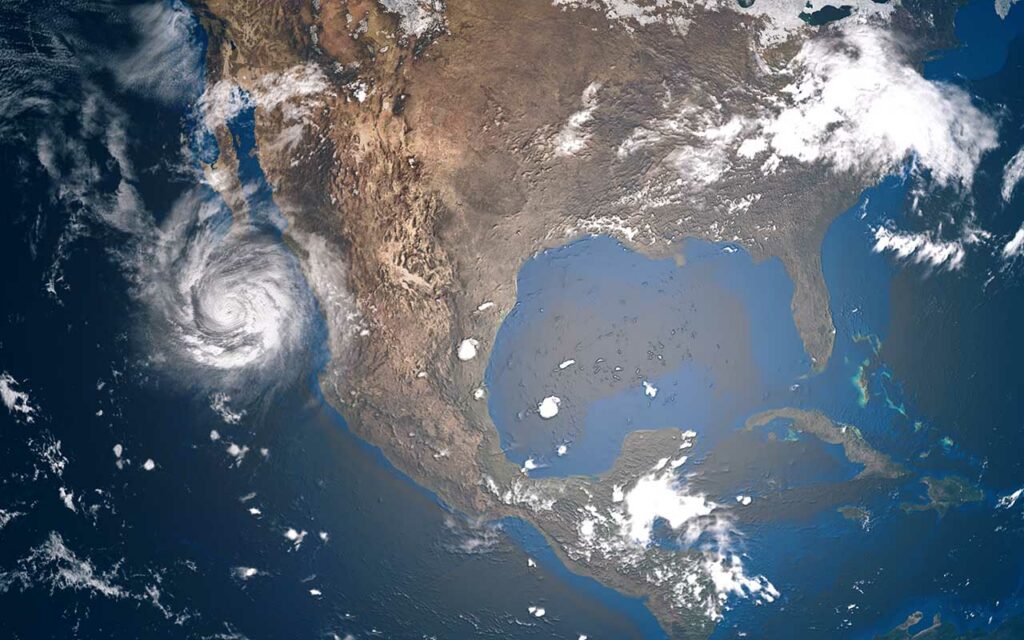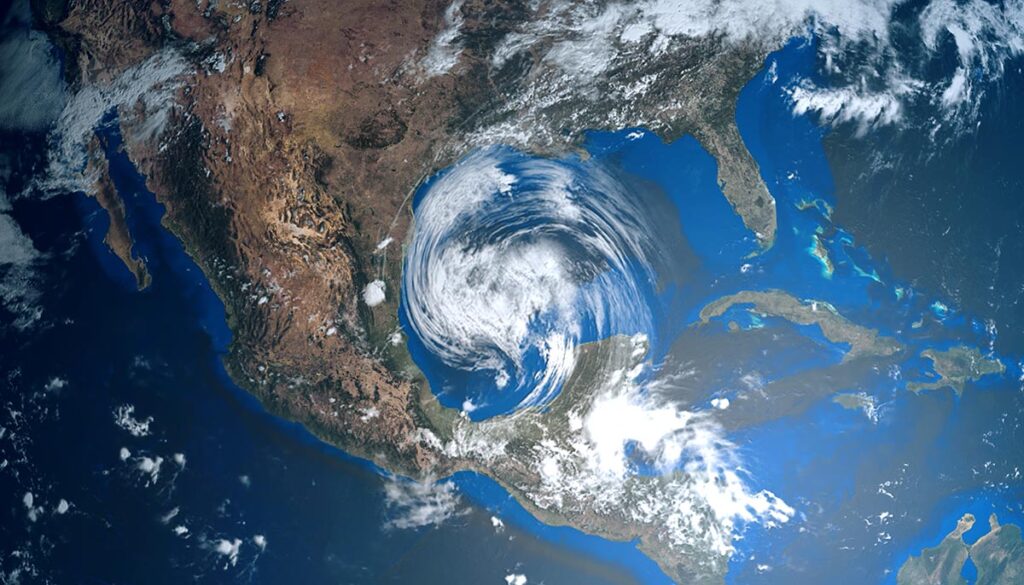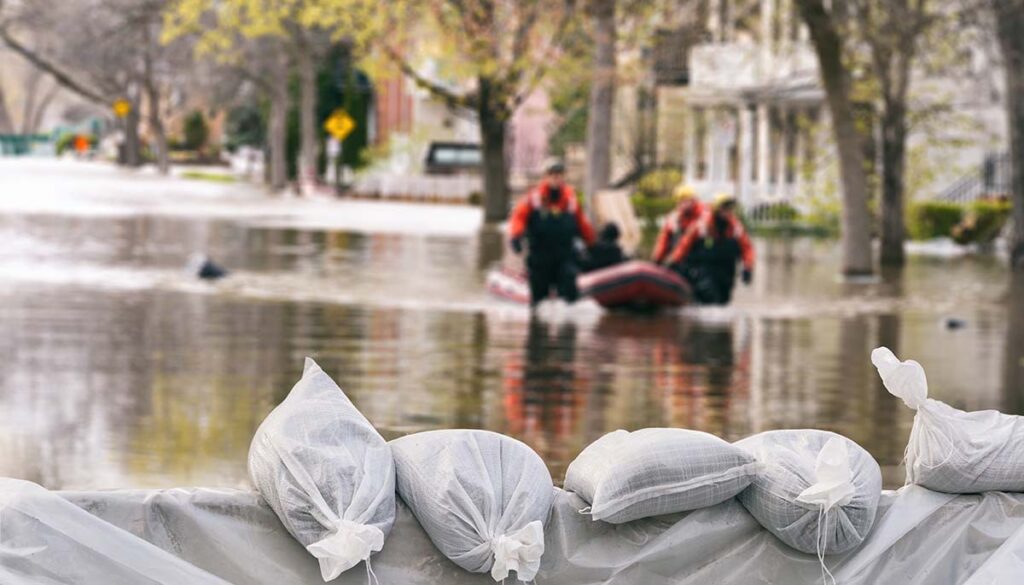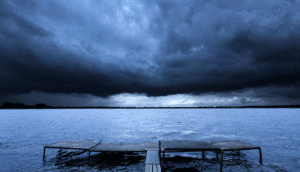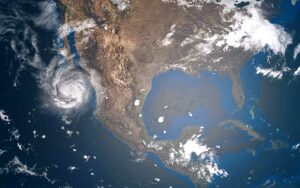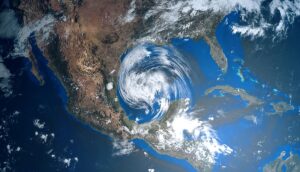In 1900, the deadliest natural disaster in US history struck Galveston, Texas. A Category 4 Atlantic hurricane blew into Galveston County through the Gulf of Mexico, causing destruction and claiming lives as it pushed inland.
How did the Galveston storm become the deadliest hurricane in US history? A combination of poor timing and weather officials underestimating the storm. That combination made it the worst storm in the wrong place for the people of Galveston.
Storm History
Meteorologists had limited tools for observing tropical storms at the turn of the 20th Century. At the time, tropical depressions were only detected by ships that directly observed the weather patterns.
The front that would later be called the Galveston hurricane was first sighted on August 27, 1,000 miles east of the Windward Islands. It moved west over the Atlantic, likely as a weak tropical storm, until August 31, when it passed the Leeward Islands and entered the Caribbean. The storm made landfall on several Caribbean islands through early September, then moved into the Straits of Florida after soaking Cuba with torrential rain.
A high-pressure area over the Florida Keys pushed the storm to the west, over the warm waters of the Gulf of Mexico. These favorable conditions caused the tropical storm to quickly intensify into a hurricane. The US Weather Bureau disagreed with forecasts that called for the storm to move westward. Instead, the bureau expected it to continue north over Florida before impacting the East Coast.
Landfall in Texas
By the time the hurricane reached Galveston, on September 8, it was a Category 4 storm. Galveston was a booming town in 1900, sporting a thriving population of over 37,000 people. It was a busy port city, and meteorologists in the region began to feel that no serious storms could strike the island thanks to its position in the gulf.
The storm’s arrival brought a tidal surge more than 15 feet tall that swept away buildings and claimed thousands of lives almost instantly. The Strand region of Galveston was called “The Wall Street of the South” by locals, and it was devastated by the hurricane. The storm caused an estimated $34 million of damage.
Adjusting for inflation and considering the region’s current population, meteorologists estimate that the Galveston hurricane would have caused $104 billion of damage if it had occurred in 2010. That would make it the third-costliest Atlantic hurricane in history, behind only hurricanes Katrina and Harvey, which caused $125 billion of damage.
Why Was the Storm So Deadly?
The tropical storm might have claimed fewer lives had the Weather Bureau taken the forecast more seriously. Galveston’s death toll was estimated between 6,000 and 8,000, making it the deadliest hurricane to ever strike the US by far.
Incredibly, reports indicate that every building in the city suffered at least some wind or water damage. In all, the 140 miles per hour gusts and storm surge flooding demolished over 7,000 structures. The storm displaced more than 10,000 people, crippling Galveston’s economy.
Aftermath
The storm ended the city’s golden age, as the hurricane spooked investors and turned Texas’s wealthiest companies to Houston instead. In the storm’s aftermath, engineers raised Galveston’s shoreline by 17 feet and erected a seawall to keep future storms from having such dramatic impact.
These measures were tested in 1915 when a similar hurricane struck the city. The 1915 storm claimed only 53 lives and had minimal impact on the island’s buildings, vindicating the engineers’ decision to erect the seawall and raise the island.

